Most of the cheapest places to live in BC are fairly remote, like Castlegar and Powell River. The most expensive cities are often along the coast or Vancouver Island, and their population density reflects the amenities, culture, and job opportunities available. But if you don’t mind living off the beaten path, you can find beautiful and affordable places to live in British Columbia – arguably one of the most beautiful provinces in Canada.
We did the research to find the most affordable cities in BC and broke them all down by region. Of course, the cheapest place to live in the Okanagan is significantly more expensive than the cheapest place to live in the Fraser-Fort George area– but sometimes, you have to stay put due to job or life circumstances. No matter what region you’re looking at, we’ve got you covered with data-driven analysis.
Key Takeaways
- The most affordable places to live in British Columbia feature cheap housing and a low cost of living.
- The cheapest regions in BC are Nechako, the Northeast, and the North Coast.
- The cheapest place to live in BC is Castlegar village, where it costs around $1,290 a month for a mortgage, $1,251 a month to rent, and 14% less than the provincial average to live.
Never miss an amazing deal again + get our bonus 250+ page eBook for FREE. Join 50,000 other Canadians who receive our weekly newsletter – learn more.
What makes a city affordable?
Affordable housing is the number one concern for modern Canadians. According to Statistics Canada, Canucks spent an average of $21,106 on shelter in 2021 – a whopping 31.4% of their total living expenses.
In our search for the cheapest places to live in BC, we considered the median price for a single-family home, the average cost of rental housing, and the overall cost of living. After comparing 350+ data points for six towns and 27 metropolitan areas (which encompass over 135 towns and cities), the results were definitive:
| Category | Place | Cost |
|---|---|---|
| Lowest median house price (August 2025) | Mackenzie | $118,960 |
| Highest median house price (March 2025) | Whistler | $1,790,766 |
| Lowest average rent (2021) | Burns Lake | $850 |
| Highest average rent (2021) | Whistler | $2,072 |
| Lowest cost of living (2024) | Castlegar | * 9% below the national average * 14% below the BC average |
| Highest cost of living (2024) | Vancouver | * 44% above the national average * 36% above the BC average |
The places on this list are organized by BC’s eight economic regions, the majority of which are rural and offer below-average housing prices and cost of living:
- Nechako
- Northeast
- North Coast
- Fraser-Fort George
- Kootenay
- Thompson-Okanagan
- Vancouver Island and Coast
- Lower Mainland-Southwest
While country life is often affordable, it isn’t always feasible. Where possible, we note the distance from each place to the next largest population center – and we recommend factoring the cost of car ownership into all your budget calculations.
The cheapest places to live in BC
We’ll go over each city in detail, but here’s a quick overview of the most affordable places to live in BC:
| County | Cheapest city | Population | Average house price | Average rent | Cost of living | Nearest "major" city |
|---|---|---|---|---|---|---|
| Nechako | Burns Lake | 1,659 | $269,000 | $850 | * 2% below national average * 8% below BC average | Smithers |
| Peace River | Dawson Creek | 17,878 | $356,785 | $1,099 | * 1% above national average * 5% below BC average | Fort St. John |
| Skeena-Queen Charlotte | Prince Rupert | 13,442 | $543,285 | $1,124 | * 3% below national average * 8% below BC average | n/a |
| Fraser-Fort George | Mackenzie | 3,700 | $224,000 | $1,060 | * 2% below national average * 7% below BC average | Prince George |
| East Kootenay | Cranbrook | 27,040 | $582,470 | $1,069 | * 6% below national average * 11% below BC average | Calgary |
| Columbia-Shuswap | Salmon Arm | 19,705 | $832,890 | $1,099 | * 4% below national average * 9% below BC average | Kelowna |
| Alberni-Clayoquot on Vancouver Island | Port Alberni | 25,786 | $626,270 | $1,035 | * 2% below national average * 7% below BC average | Nanaimo |
| Squamish-Lillooet | Lillooet | 2,302 | $544,830 | $1,030 | * 8% below national average * 13% below BC average | Whistler |
1. Burns Lake (Nechako)

Image credit: Hello BC
Occupying the northwestern corner and a strip of the interior of BC, Nechako’s 40,000 residents are spread across nearly 200,000 square kilometres of remote wilderness. Forestry and mining are the foundation of the regional economy, with service positions supporting the workers and the rest of the residents at large.
To find work or employees in the professional services sector, you’ll have to head to Smithers, the commercial and transportation hub of northwest BC.
Cheapest place to live: Burns Lake
Population: 1,659
Median listed house price: $269,000
Average rent: $850
Cost of living: 2% below the national average, 8% below the provincial average
Distance to Smithers: 143 km
The village of Burns Lake supplies about 7,000 people in the surrounding area with a regional hospital, sports arena, community centre, and several elementary and secondary schools.
But for tourists and adventurous residents, the town is a "year-round adventure playground" offering world-class mountain biking, a yearly performing arts festival, and an annual fall fair. Trails, parks, and walking tours keep everyone busy in the summer, while winter presents a chance to get involved in the town’s many churches, clubs, and societies.
2. Dawson Creek (Peace River)
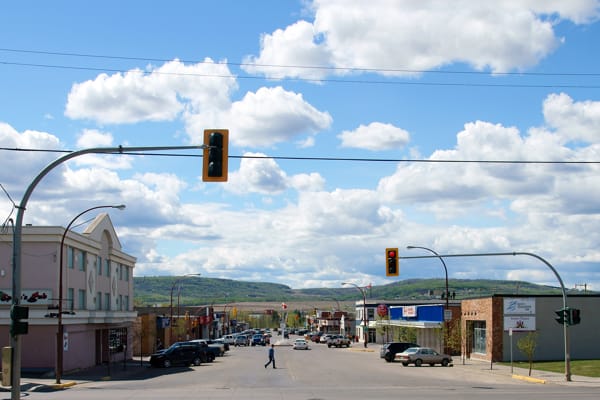
The northeast corner of the province covers foothills, forests, and the fertile Peace River Valley. With a population of just 72,300, the "growing" economy of the Northeast region keeps everyone busy logging, farming, and extracting gas and coal.
The two largest population centres in the region are Fort St. John and Dawson Creek. Fort St. John residents enjoy the highest average household income in BC and the fifth-highest in Canada – but it’s not as cheap as Dawson Creek.
Cheapest place to live: Dawson Creek
Population: 17,878
Median listed house price: $356,785
Average rent: $1,099
Cost of living: 1% above the national average, 5% below the provincial average
Distance to Fort St. John: 75 km
Move to Dawson Creek and you’ll probably find employment in healthcare, sales, mining, quarrying, or operating the equipment that keeps everything going. As for entertainment, you’ll have your pick of volleyball, disc golf, two arenas, an aquatic centre, and over 30 parks and green spaces.
Post-secondary students, however, only have two nearby options: Northern Lights College in Dawson Creek or the University of Northern British Columbia in Fort St. John.
3. Prince Rupert (Skeena-Queen Charlotte)
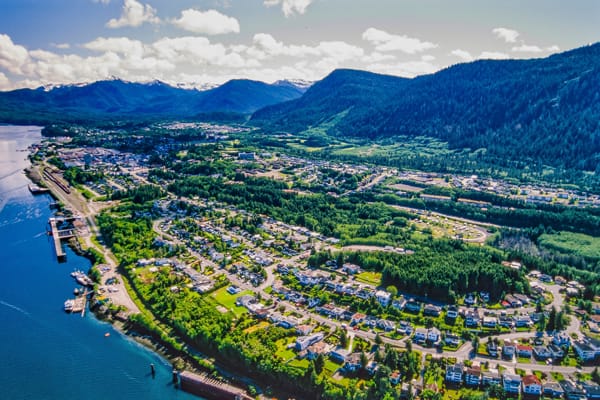
The rugged North Coast region offers fishing, logging, and mining opportunities to just under 60,000 residents. For visitors, the biggest draws are the water, parks, mountains, and wildlife – the region has no shortage of wonders, both natural and manmade.
Cheapest place to live: Prince Rupert
Population: 13,442
Median listed house price: $543,285
Average rent: $1,124
Cost of living: 3% below the national average, 8% below the provincial average
As the Museum of Northern BC’s artifacts attest, Prince Rupert has always been a trading hotspot. The city boasts the deepest harbour in North America (14 miles!) and connects the North Coast region to the rest of the world by plane, train, car, and boat. Meanwhile, residents and tourists keep on the move with walking trails, boating tours, a gymnastics facility, and more.
4. Mackenzie (Fraser-Fort George)
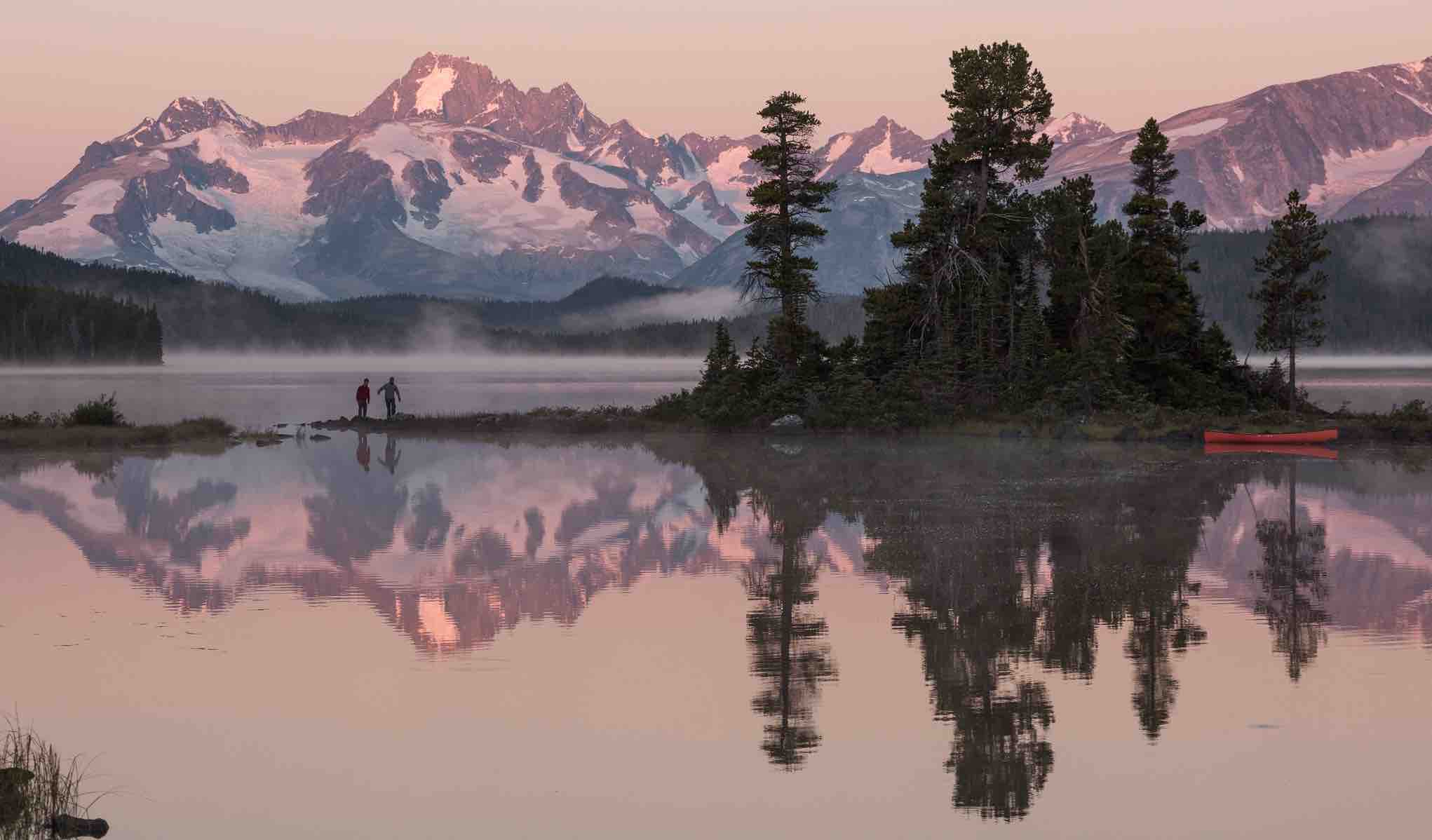
The Cariboo region may be landlocked and flanked by mountains, but there are lakes and rivers aplenty to explore by kayak and canoe. Resource-based industries such as mining and forestry dominate the economy for some 170,000 residents, the majority of which reside in Prince George.
Cheapest place to live: Mackenzie
Population: 3,700
Median listed house price: $118,960
Average rent: $1,060
Cost of living: 2% below the national average, 7% below the provincial average
Distance to Prince George: 183 km
Although it houses only a fraction of the regional population, the village of Mackenzie has a higher population density than Prince George, Williams Lake, or Quesnel. Schools, churches, a library, a museum, a hospital, a recreation centre, and the College of New Caledonia are within a half-hour walk from the village center. The only time you might need a cab is to get to the municipal airport.
5. Cranbrook (East Kootenay)

Inhabiting the southeast corner between Alberta, the Rocky Mountains, and the United States, the Kootenay region sees plenty of traffic. The region’s 163,100 permanent residents work in coal production, mining, and transportation, and join tourists in hiking, mountain biking, skiing, white water rafting, and more.
Kootenay’s most stunning town might be Nelson (pictured above), but with a median house price of $830,000, we wouldn’t call it a cheap place to live.
Cheapest place to live: Cranbrook
Population: 27,040
Median listed house price: $582,470
Average rent: $1,069
Cost of living: 6% below the national average, 11% below the provincial average
Cranbrook is one of the few places on our list to combine the highest regional population with the lowest cost of living. It’s got a hospital, college, retail hub, international airport, and vibrant downtown – not to mention 28 parks, three arenas, two outdoor rinks, and a sports dome!
Not only does it boast stunning natural scenery, but it’s also the sunniest city in BC. Over 2.1 million tourists visited Cranbrook in 2022.
6. Salmon Arm (Columbia-Shuswap)

Because it enjoys more sun than the coast, the rolling hills in the Thompson-Okanagan region are flush with crops and vineyards. Logging and manufacturing also play a large role in the economy, but with Alberta to the east and Washington to the south, there are plenty of trades and industries to choose from.
Kelowna and Kamloops are the largest cities in the region. Watch out, though – not only are they more expensive places to live, but they’re also two of the most dangerous cities in Canada.
Cheapest place to live: Salmon Arm
Population: 19,705
Median listed house price: $832,890
Average rent: $1,099
Cost of living: 4% below the national average, 9% below the provincial average
Distance to Kelowna: 110 km
According to our data, Salmon Arm is a cheap and safe place to call home. Although its median listed house price was higher than Penticton at the time of writing, it has a lower overall cost of living and renting – plus, its break-and-enter rate is 10 times lower than that of Kelowna.
By the numbers, Salmon Arm counts 20,000 residents, 300 local businesses, 11 schools, three post-secondary institutions, and a projected growth rate of 5% over the next 10 years. If you’re looking to start a business, the Commercial Revitalization Tax Exemption Program and a multitude of local organizations are eager to help.
7. Port Alberni (Alberni-Clayoquot on Vancouver Island)
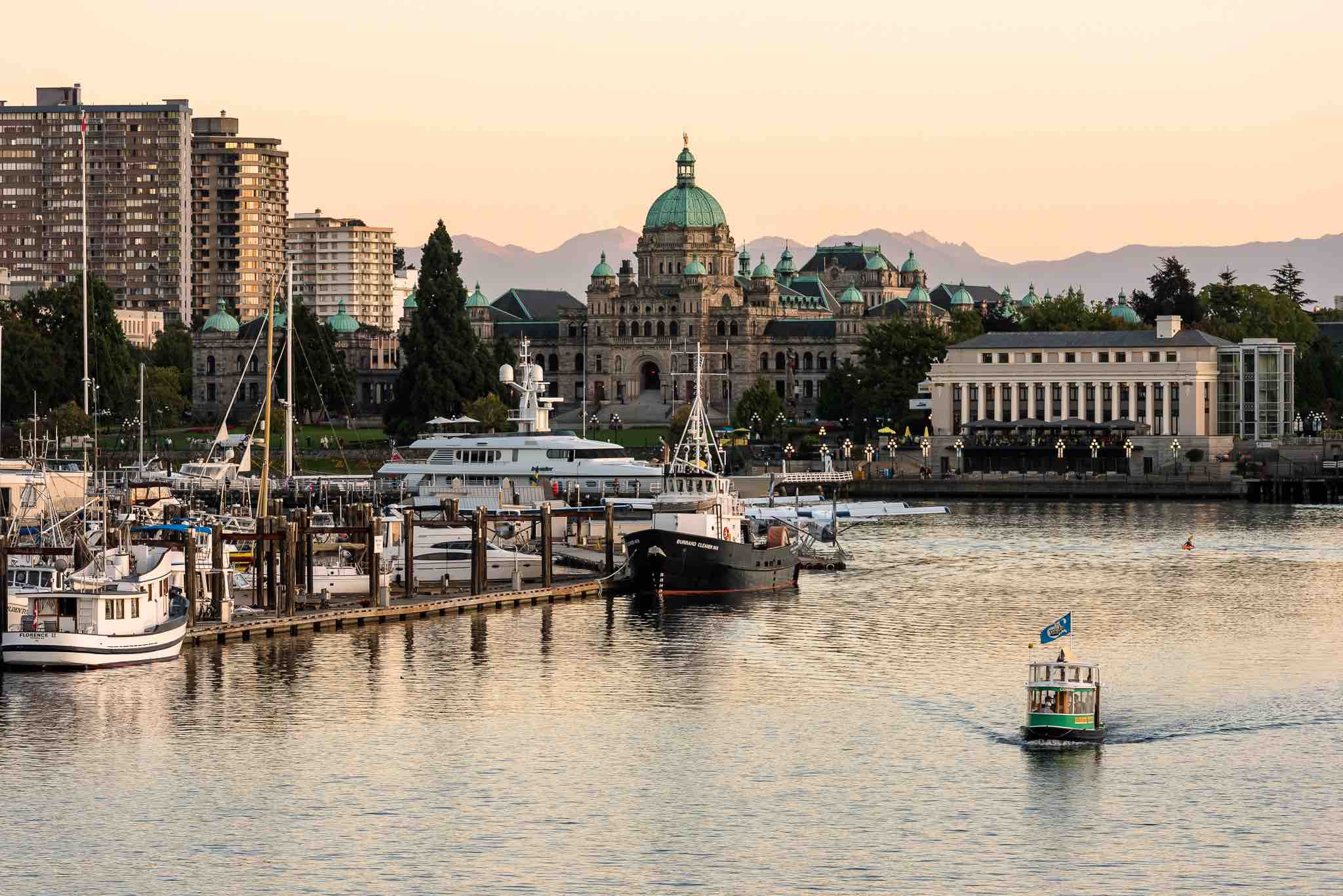
It’s hard for a single image to capture the beauty of Vancouver Island and the Coastal region. Turn your lens on Victoria – voted "Readers’ Choice" in the “Best Small City in the World” issue of Condé Nast – and you’ll miss the pod of orcas cruising the raw, rugged coast around Tofino.
According to the housing market, the price of beauty is $1,338,800 for a single-family home and $2,250 for a rental unit in Victoria, which drops to $872,000 and $1,940 in Nanaimo. You can save money and take advantage of the region’s health care, public administration, accommodation, and tourism industry by settling in our top pick instead.
Cheapest place to live: Port Alberni
Population: 25,786
Median listed house price: $626,270
Average rent: $1,035
Cost of living: 2% below the national average, 7% below the provincial average
Distance to Nanaimo: 85 km
Despite its location in the middle of Vancouver Island, you can access the sea from Port Alberni using the 54-kilometre Alberni Inlet. Forget hiking – residents and tourists can indulge in scuba diving, kayaking, kiteboarding, and windsurfing alongside the usual outdoor activities.
If you haven’t got your sea legs yet, don’t worry. While the economy of the "Salmon Capital of the World" and the “Ultimate Fishing Town” turns on seafood, workers can also make a living in agriculture, manufacturing, or sustainable forestry.
Pro Tip: Put some Gravol in your glovebox. The roads around the island rise, twist, and plunge like a roller coaster.
8. Lillooet (Squamish-Lillooet)
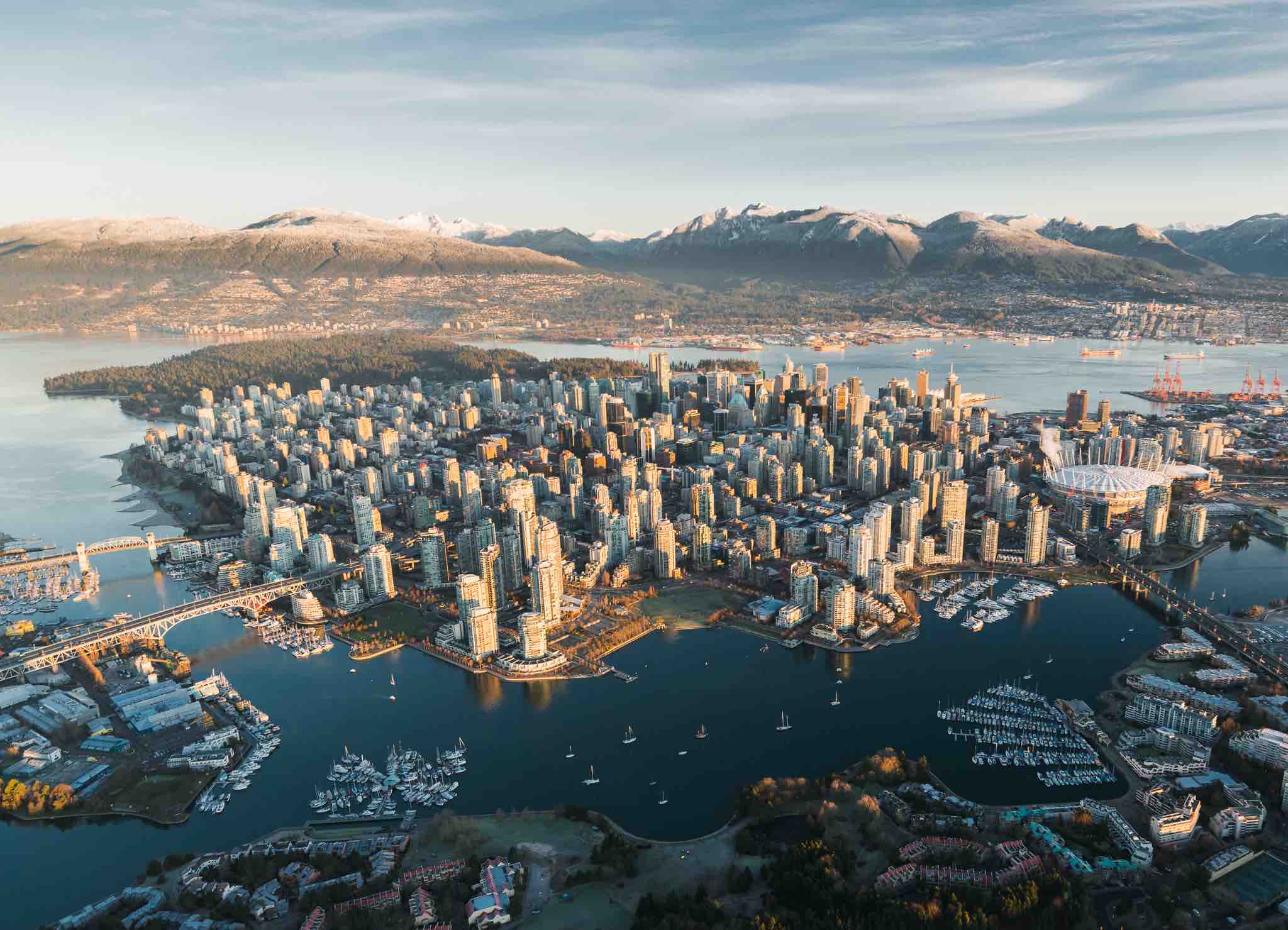
The city of Vancouver is the star of the Lower Mainland-Southwest region and home to the majority of its 3.2 million residents. Nicknamed "Hollywood North" for its many roles in film, TV, and special effects production, it’s also the tenth most liveable city in the world (according to Economist Intelligence).
When it comes to affordability, however, Vancouver gets a failing grade. Although it offers plenty of employment opportunities, its cost of living is 44% higher than the national average and 36% higher than the provincial average.
There’s only one way to escape these prices – go north.
Cheapest place to live: Lillooet
Population: 2,302
Median listed house price: $544,830
Average rent: $1,030
Cost of living: 8% below the national average, 13% below the provincial average
Distance to Whistler: 130 km
Vancouver is an amazing place to live, but with a median house price of $1.7 million, we suggest turning your back and starting the engine. Squamish, Abbotsford, Chilliwack, and Pemberton aren’t far enough – to find cheap living, you’ve got to go 250 km north to Lillooet.
Reach the village and you’ll be rewarded with an extraordinary view of the Fraser River meeting Seton Lake against the backdrop of Quatlenemo Peak. An old rail station and newspaper office hints at its beginnings as a gold rush town, but the economy has since moved on. Modern Lillooet features a hospital, a satellite campus for Thompson Rivers University, several public schools, and a recreation center with a pool, gym, and rock climbing wall.
How we got our data
From most to least used, our main sources for this list were:
- Statistics Canada
- Houseful and The Canadian Real Estate Association
- The Economic Research Institute (ERI)
- Trade and Invest British Columbia
- WelcomeBC
After putting all the data in a spreadsheet, we ranked the places in each region from cheapest to most expensive. Places with a high median house price and a low cost of living ranked higher than places with a low median house price and a high cost of living.
FAQ
Is it cheaper to live in BC or Alberta?
According to the Economic Research Institute, British Columbia is the third most expensive province to live in and Alberta is the fifth.
What is the most liveable city in BC?
The Economist Intelligence Unit rated Vancouver the tenth most liveable city in the world, touting the strength of its healthcare and education systems.
Where are the cheapest houses in BC?
At the time of writing (August 2025), you can buy a house in the village of Mackenzie, BC, for a median price of $118,960.
Which city in BC has the lowest cost of living?
There’s a local joke that "BC" stands for “bring cash” – but Castlegar claims the lowest cost of living in the province, sitting 9% below the national average and 14% below the provincial average.
creditcardGenius is the only tool that compares 126+ features of 231 Canadian credit cards using math-based ratings and rankings that respond to your needs, instantly. Take our quiz and see which of Canada's 231 cards is for you.






 GC:
GC: 

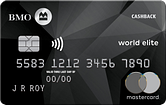


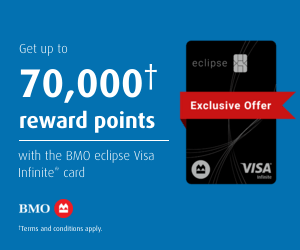








.png)






















 $100 GeniusCash + Earn up to 15,000 Welcome Bonus Membership Rewards® Points.*
$100 GeniusCash + Earn up to 15,000 Welcome Bonus Membership Rewards® Points.*
Comments
Leave a comment
Required fields are marked with *. Your email address will not be published.
Showing 4 comments